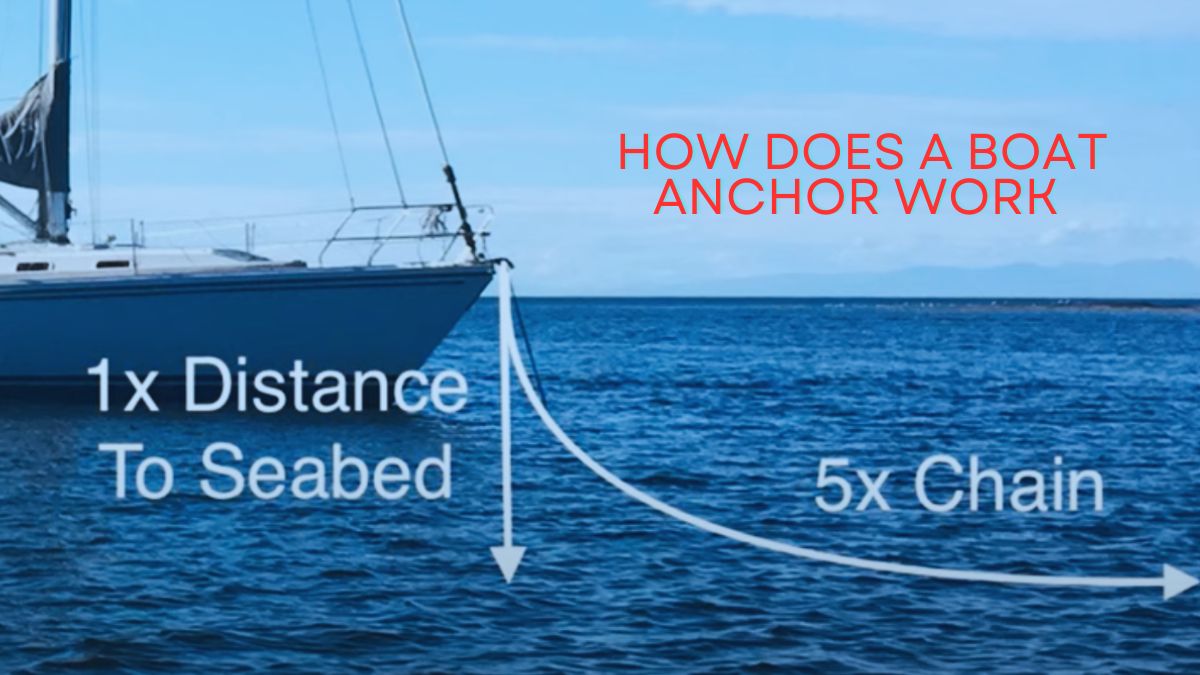
How does a boat anchor work
will know in this article how does a boat anchor work with details concerning Types of Boat Anchors, Basic Components, and Principles of Anchor Holding power. Boat anchors are vital in securing boats, providing stability, and controlling drift. They are essential items for sailors, fishermen, and recreational boaters. Without an anchor, ships will be at the mercy of wind, winds, and tides, creating complex docking, fishing, and visiting tasks.
Comprehending how boat anchors work is essential to a safe and pleasurable boating adventure. In this manual, we’ll explore the processes behind landing a boat. Let’s analyze how it works to anchor boats safely.
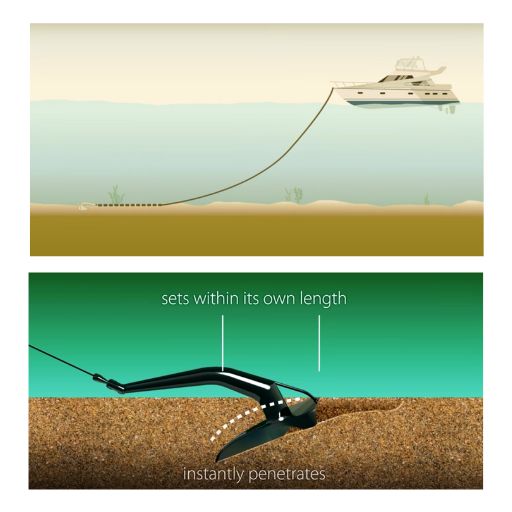
Vital Components of a Boat We Anchor and How Does a Boat Anchor Work
First, we will discuss the Basic Components of a Boat Anchor and how a boat anchor works.
Anchor: An anchor is a rich object designed to help anchor a boat to the water’s texture. Its goal is to prevent the ship from gliding away due to the presence of the wind.
Chain: The chain plays a vital role in anchoring by relating the Anchor to the anchor line or rod. That adds weight to the Anchor, helps set it firmly on the seabed, and provides a catenary effect, increasing its holding capacity.
Anchor line: The anchor line, also understood as a rod, is the rope or chain that connects the Anchor to the boat. Its direct function is to transmit power from the craft to the Anchor, keeping the ship secure. It also allows the scope length to be adjusted, which is vital for holding the Anchor.
A clear description of how does a boat anchor work
One Steps
Boat anchors come in various designs, such as plow, fluke, grapnel, etc. Each design is optimized for different conditions and seabed types.
Two Steps
Anchors are usually heavier to provide adequate holding capacity. The weight helps the
Anchor dig into the seabed and resist the forces of wind, waves, and currents.
Three Steps
The Anchor’s fluke or blade digs into the seabed. When the Anchor is lowered, these flukes penetrate the sediment and create resistance to movement.
Four Steps
The shank is the straight or curved part of the Anchor that connects the flukes to the anchor line. That helps orient the Anchor to the seabed and provides leverage for drilling.
Five Steps
The Anchor line, also known as the rod, is the rope or chain that connects the boat to the Anchor. It transmits power from the ship to the Anchor and will hold the boat in place.
Six Steps
Scope refers to the ratio of anchor line length to water depth. A more extended scope provides a shallower angle between the Anchor and the seabed, allowing the Anchor to set more securely.
Seven Steps
The current will carry the boat downstream as it anchors, so we position it upstream of the desired spot. We will lower the anchor until it reaches the seabed. As the boat backs away, the Anchor will dig out due to the tension in the anchor line.
Eight Steps
Once correctly set, the Anchor will depend on its design and resist friction between its flukes and the seabed. The boat’s weight towed on the anchor line will further increase its holding capacity.
Nine Steps
The boat drives directly over the anchor. As it pulls vertically, the tension on the anchor line gradually increases.

There are different types of commonly used boat anchors
Fluke Anchor (Danforth)
It consists of two flat, triangular-shaped flukes that pivot for drilling on the seabed. Sand, mud, and gravel would be ideal for the bottom.
Plow Anchor (CQR or Delta)
This Anchor is similar to a traditional plow, with a single fluke and a curved shape. It is suitable for various seabeds, including sand, mud, and rocky bottoms.
Grapnel Anchor
This type of Anchor consists of multiple tines or claws that grip onto rocks, reefs, or other underwater structures. It is often used in areas with temporary anchors or barriers.
Mushroom Anchor
We will design it with a heavy, rounded bottom, resembling a mushroom. It burrows in soft sediments and provides excellent holding power in calm conditions.
Bruce Anchor
Also known as a claw anchor, it has three curved flukes and will be effective in various seabeds, including sand, mud, and clay.
Delta Anchor
This Anchor is similar to a plow anchor but with a different design. It features a triangular-shaped fluke and a weighted tip and offers reliable holding power in various situations.
Anchor Buoy
That is not an anchor but a buoy attached to the anchor line to mark its position and aid recovery.
Each type of Anchor has advantages and will suit different conditions and boating requirements.
Anchoring process:
Frictional resistance: When an anchor is set, the flukes or blades penetrate the seabed, creating frictional resistance to movement. This frictional force, combined with the Anchor’s weight and the tension of the anchor line, will hold the Anchor in place.
Suction: Some anchors, especially those designed for soft sediments like mud or sand. Reliance on suction to increase holding capacity. Planting the anchor deep in the seabed creates increasing resistance to movement as it bites into the ground.
Best Boat Anchors for Lakes in 2024
Factors Affecting Retention Capacity
Weight: Heavier anchors usually have more holding power because they can exert more force on the seabed and resist the pressures acting on the boat. We will balance the weight with pragmatic considerations like handling comfort.
Design: Complex seabed conditions and various boating applications demand specialized anchor systems. Elements such as the state of the fluke, the inclination of the leg, and the known geometry of the Anchor will impact its capacity to set safely and fast.
Seabed Type: Seabed type recreates an essential role in Anchor holding capacity. We depict anchors differently depending on the seabed – sand, mud, rock, or coral. Some anchors may perform competently in one type of seabed while functioning poorly in another. Comprehending the seabed conditions is essential for accurately selecting and setting the right Anchor.
By viewing these principles and factors, boaters will provide a safe and reliable anchoring answer. They can select the right Anchor for their vessel and the general conditions.
In conclusion
The holding capacity of a boat anchor will be determined by the anchoring process and the various factors that affect it. Anchors will grip the seabed through frictional resistance and, in some cases, suction, providing stability against wind, waves, and currents. Weight, design, and seabed type are the main factors affecting holding capacity. Well-designed heavy anchors work better in certain seabed conditions. Thanks for reading our article titled How does a boat anchor work.

FAQs
How does the Anchor of a ship work?
An anchor is a metal device attached to a ship or boat by a cable or chain and lowered to the seabed to hold the vessel in a particular place using a fluke or pointed headland that drills into the sea depths.
How does an anchor stop a ship from moving?
An anchor changes the forces acting upon the ship. It acts like a hook, hooking the vessel to the seafloor. The crew lowers the anchor onto the seafloor. The anchor topples over and gets dragged along the seafloor. The settling process pulls the object, digging it into the seafloor and partially burying it.
How do ships anchor in profound water?
Ships are not anchored in place by the Anchor itself but by the length of the anchor chain, which is let out along the bottom—typically seven times the depth of water. In reality, the Anchor is to hold the Anchor chain in place as the ship backs down to lay out seven times the length of the chain on the harbor bottom.





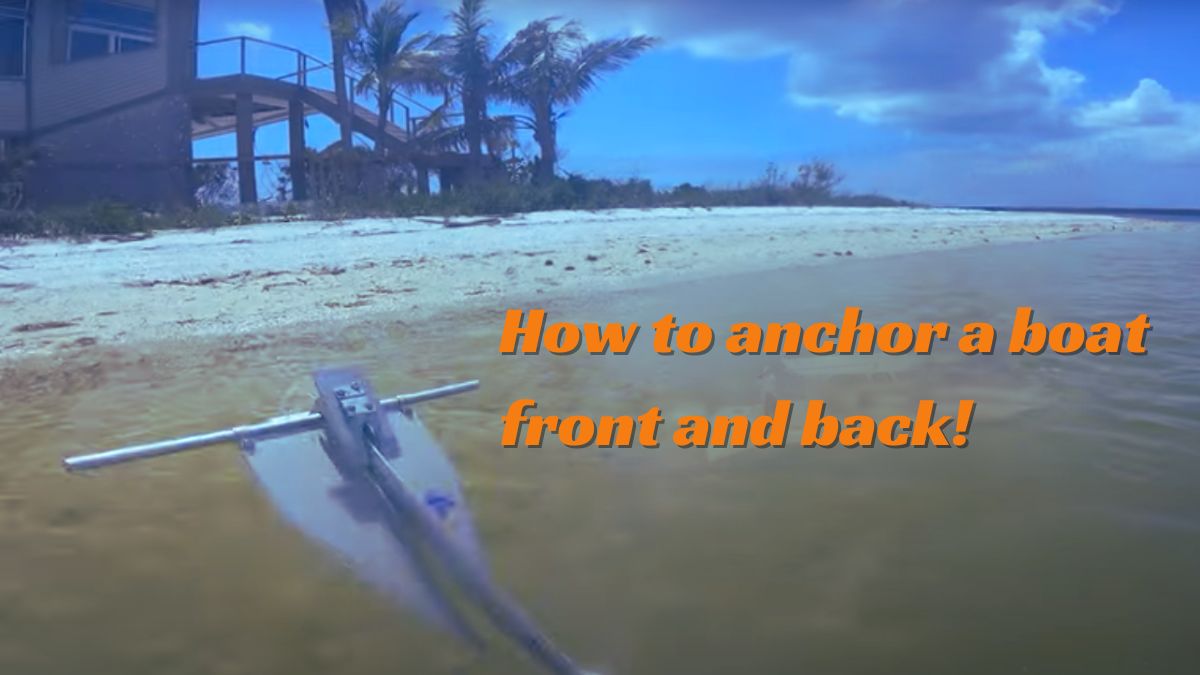
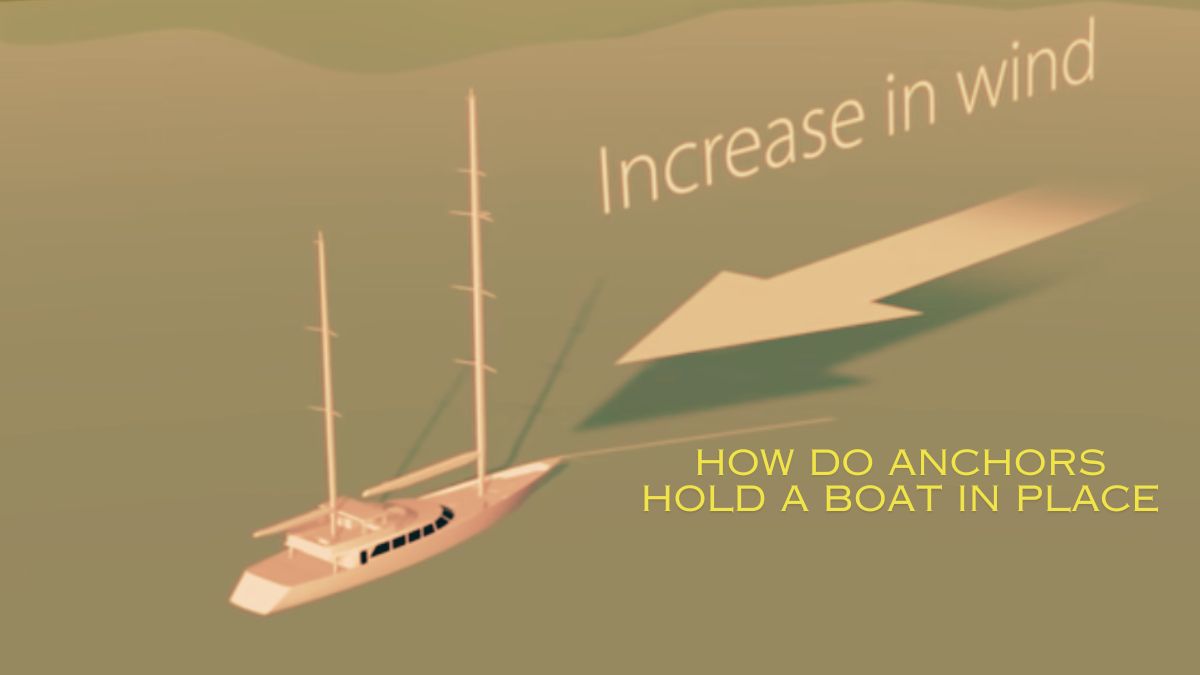

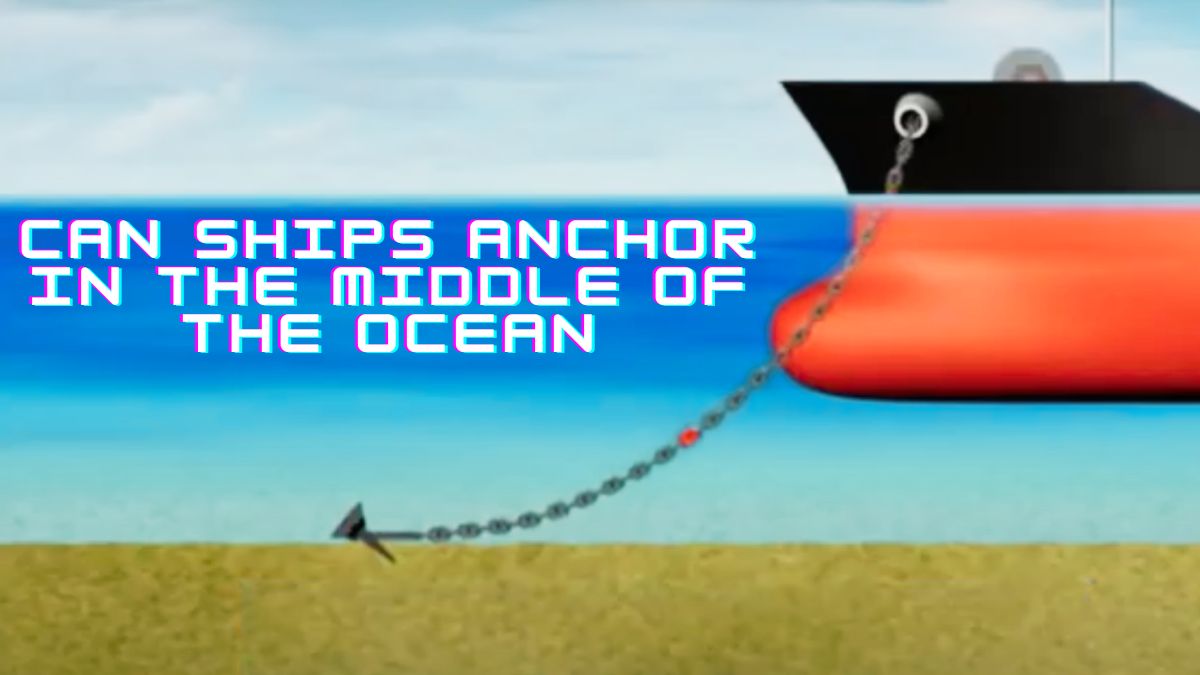
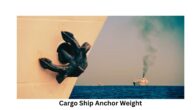
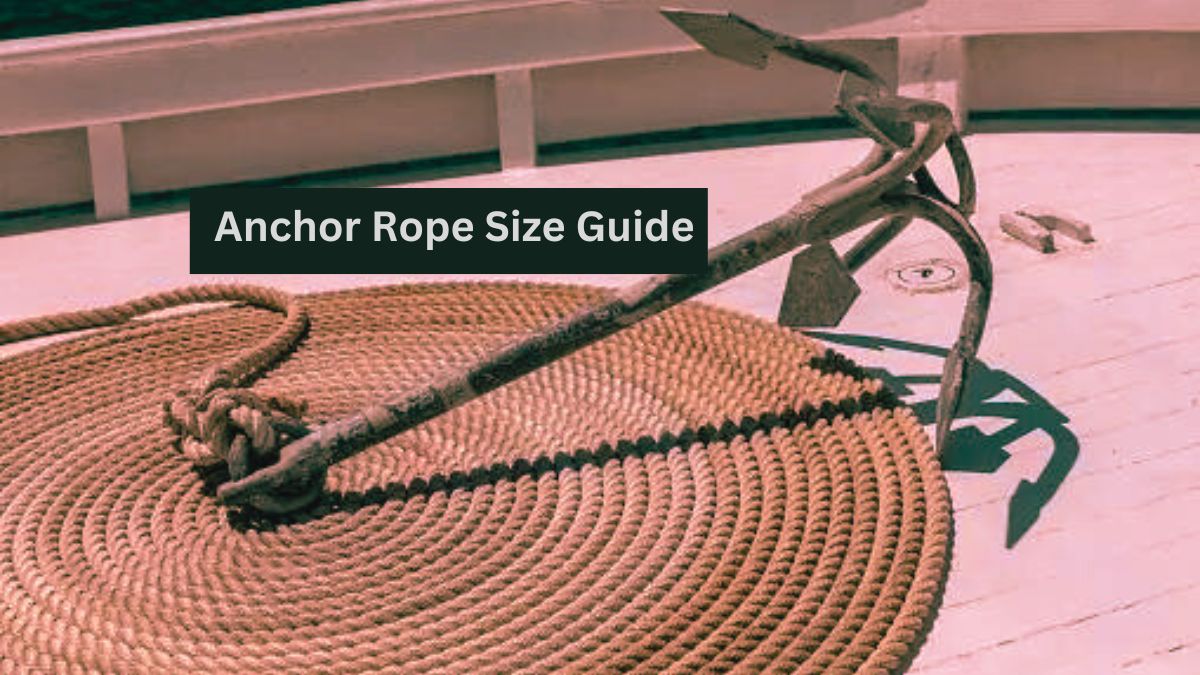
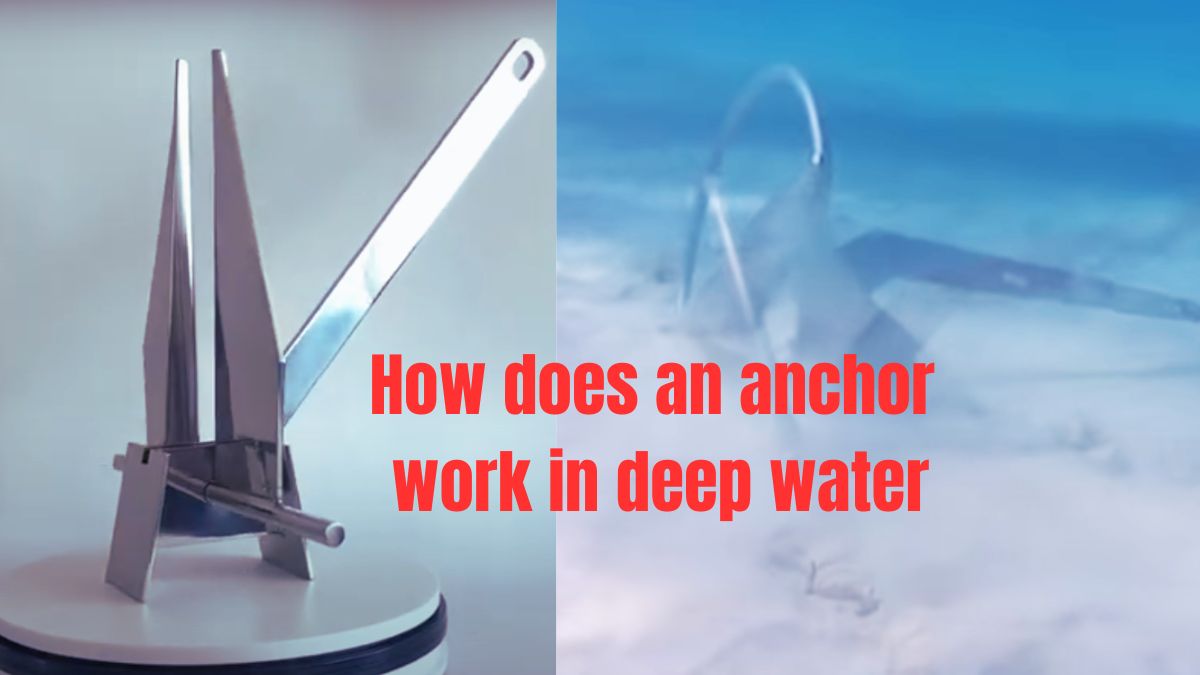

Leave a Reply